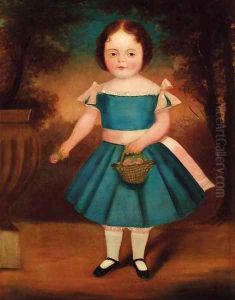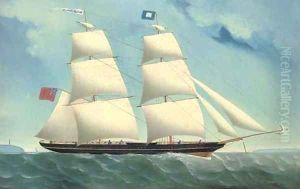English Naive School Paintings
The English Naive School is not represented by a single artist but is a collective term used to describe a variety of self-taught or amateur artists in England from the 18th to the 20th century. This movement is characterized by its lack of concern for accurate perspective, strong use of pattern, vibrant color, and often, a charming simplicity in the depiction of everyday life and landscapes. The artists associated with this movement typically had no formal training and often worked outside the mainstream art scene, which allowed them a freedom of expression and an individuality that was not bound by the academic rules of art.
Naive art in England was part of a broader European tradition of naive painting, which included celebrated artists like the French Henri Rousseau. In England, however, it manifested uniquely, reflecting the social, cultural, and historical contexts of the country. The works often have a nostalgic or idealized quality, depicting rural scenes, maritime activities, and community events that resonate with English cultural heritage.
One of the notable aspects of the English Naive School is its diversity. Artists came from various backgrounds and professions, which contributed to the wide range of subjects and styles within the movement. Despite their differences, these artists shared a straightforward approach to painting, focusing on the joy of creation and the portrayal of their immediate surroundings.
The appreciation for naive art has grown significantly over time, with artists from this school now being recognized for their contribution to the broader narrative of English art history. Their work is celebrated for its purity of vision, emotional directness, and the unique perspective it offers on the English landscape and society. Today, the English Naive School is acknowledged not just as a historical curiosity but as an important and influential movement that highlights the value of intuitive and untrained artistic expression.

